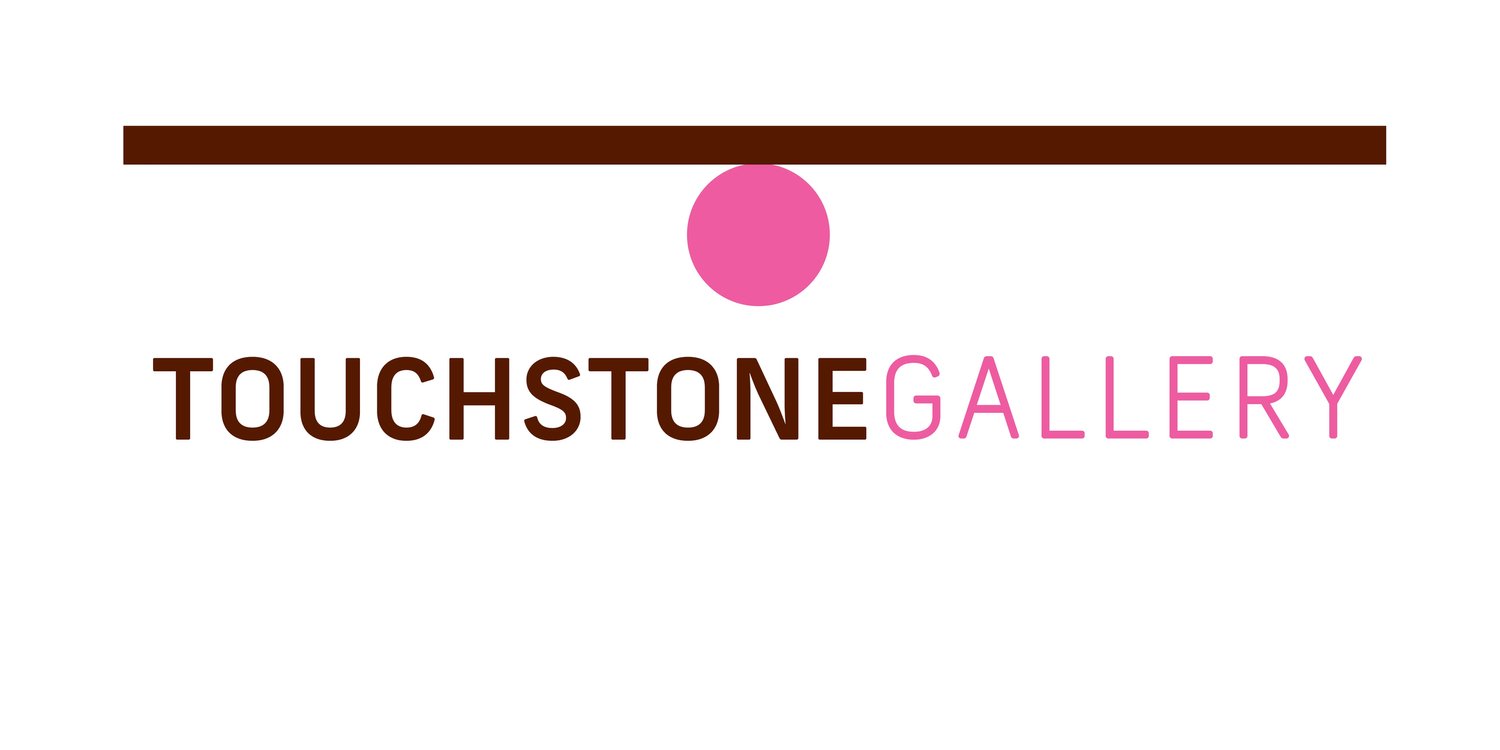“Both science and art have to do with ordered complexity.” –L. L. Whyte, 1957
My September 2017 solo show was originally intended to be an abstract landscape series, but it turned into an homage to math and science. This happened because the people who decide such things declared March 14, 2015 to be the official pi (π) day. (Pi is the ratio of the circumference of a circle to its diameter and always equals 3.14159265359….) I met my husband Andy in engineering school, and while neither of us claims any particular STEM skills at this point in our lives, we had a vigorous discussion of this important issue over breakfast one morning, and we vigorously dissented. In our opinion, the official pi day should have been March 14, 2016. That’s because 2015 is truncated, and we believe it more appropriate to round up to 2016.
Our discussion sent me off to art class thinking about mathematics in general and pi in particular, something I had not done in a very long time, and I painted a picture incorporating various aspects of pi. It was so much fun! I immediately painted the natural logarithm e and the golden mean phi (ɸ). Then I let it rest. I had focus on painting landscapes for the Seasonal Variations show I planned to mount in 2017.
But Touchstone’s January 2017 themed exhibit What’s Next? changed my thinking. The show was announced right after last year’s elections, and as I read about it, the only thought I had was, I have no idea. I don’t know where things are going. This reminded me of the Heisenberg Uncertainty Principle, which says that you can determine either the position or the movement of a small particle but not both at the same time. Heisenberg’s work led to a thought experiment involving the paradox of Schrödinger’s Cat (an imaginary circumstance in which a cat could be deemed both dead and alive at the same time). So I painted Schrödinger’s cat. Mostly, people couldn’t have cared less about Heisenberg, but they liked the cat. That gave me the courage to paint what I really wanted and needed to paint.
Ordered Complexities has been a very personal series for me and also a great joy to work on. One of the nicest things about it has been that it has given me the opportunity to engage friends who have little or no interest in art in the artistic process. For example, if I ever knew about Pascal’s Triangle, I had long forgotten it. A friend who is a civilian consultant to the military and who is very polite about my abstract works (meaning he doesn’t like them) suggested it. Look it up. It’s fascinating. A colleague in the Firnew Farm Artists’ Circle suggested Fermat’s Last Theorem. A friend from school loaned me a textbook on a software program called Mathematica that gave me an idea for painting Fermat. Someone else suggested the square root of two, and I learned about the silver mean (silver ratio) and the fact that the Babylonians, who did not have zero, let alone the Internet, left a clay tablet demonstrating a derivation of the square root of two. I fell in love with math and science all over again.
Perhaps most importantly, I learned that the intersections of art and science are not as rare as I thought. When I was researching Enneper surfaces, I discovered Man Ray’s 1934 photograph of one, Objet Mathematique. I found someone called Mr. Parr engaging his students through covers of popular songs rewritten to explain scientific concepts, such as Newton’s laws of motion. The heartbreakingly beautiful Sagrada Familia, a cathedral in Barcelona, Spain (under construction since 1882) incorporates many geometric and mathematical constructs, including a magic square in its Passion Façade. Perhaps as mass and energy are equivalent (E=mc2), art and science merely reflect different states of thought.
Today’s world is full of divides. Certainly not the most important, but one which vexes me, is the divide so often found between people who see themselves as creative and people who see themselves as mathematical. I hope these paintings will in some small way provide a bridge across that divide. I hope that anyone who sees the images will find them interesting. I hope that my friends who are uncomfortable with math and science will find them approachable and perhaps explore one of the concepts a little more. I hope that my friends who are uncomfortable with art will see that it has something to offer in interpreting the world. Most of all, I hope that if you have a favorite irrational constant, mathematical formula or scientific concept, you will share it with me. I am not yet through with this series. Or, more to the point, it is not through with me.
The paintings in Ordered Complexities are comprised of layers of transparent watercolor and watercolor pencil or water-soluble graphite on Multimedia Artboard™, a rigid paper substrate. In some paintings, intense colors and murky darks all but obliterate the underlying text. In others, wispy lines of water-soluble graphite are punctuated with jolts of color. The paintings are driven by content, but content is secondary to the interplay of color and form.--Patricia Williams
Ordered Complexities: New Watercolor Paintings by Patricia Williams; August 30 –October 1, 2017
Opening Reception ▪ Friday, September 8, 6-8:30 pm
Meet the Artists ▪ Saturday, September 23, 1-4 pm
Touchstone Gallery, 901 New York Ave NW, Washington DC; info@touchstonegallery.com www.touchstonegallery.com; 202-347-2787





